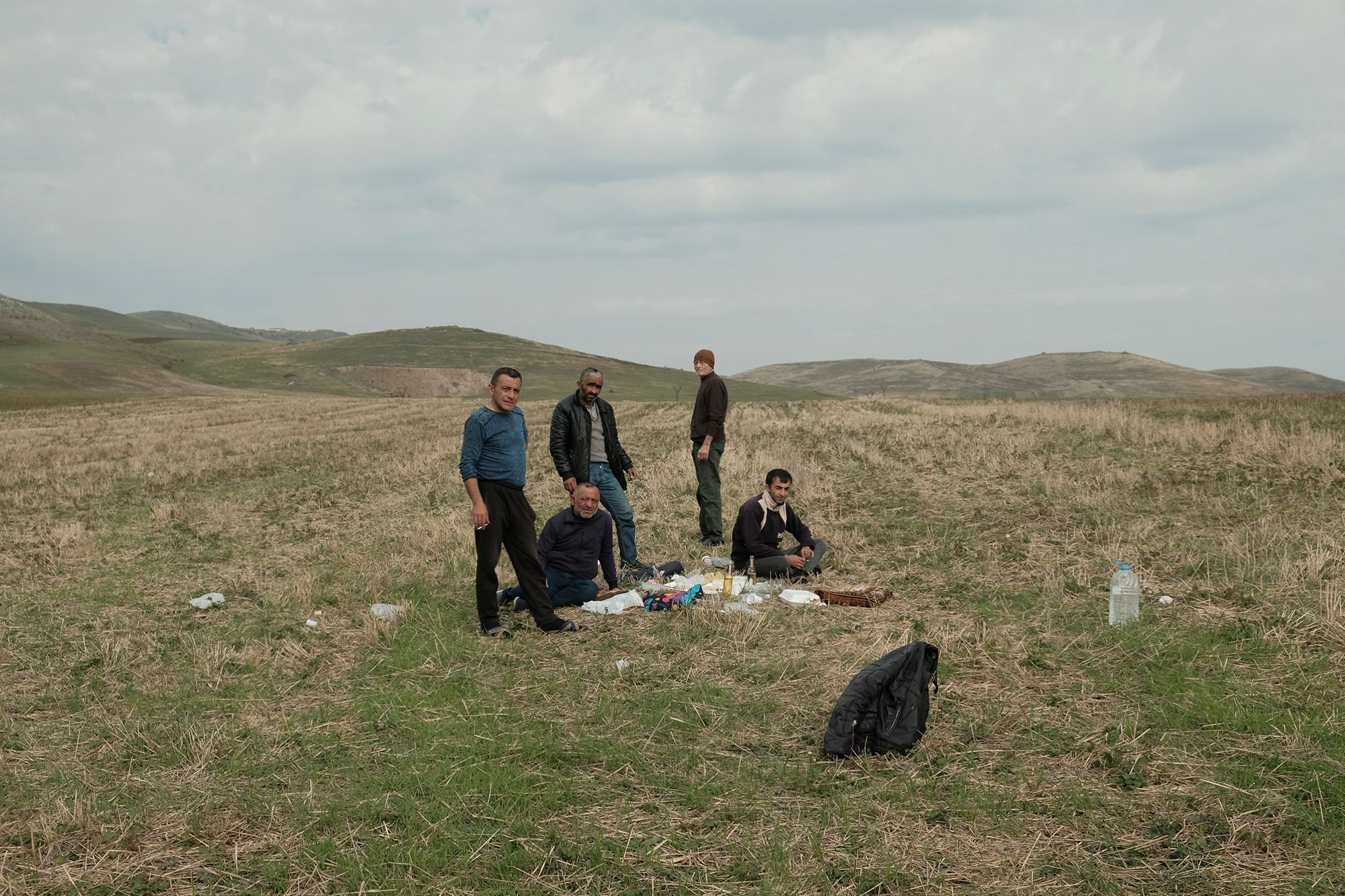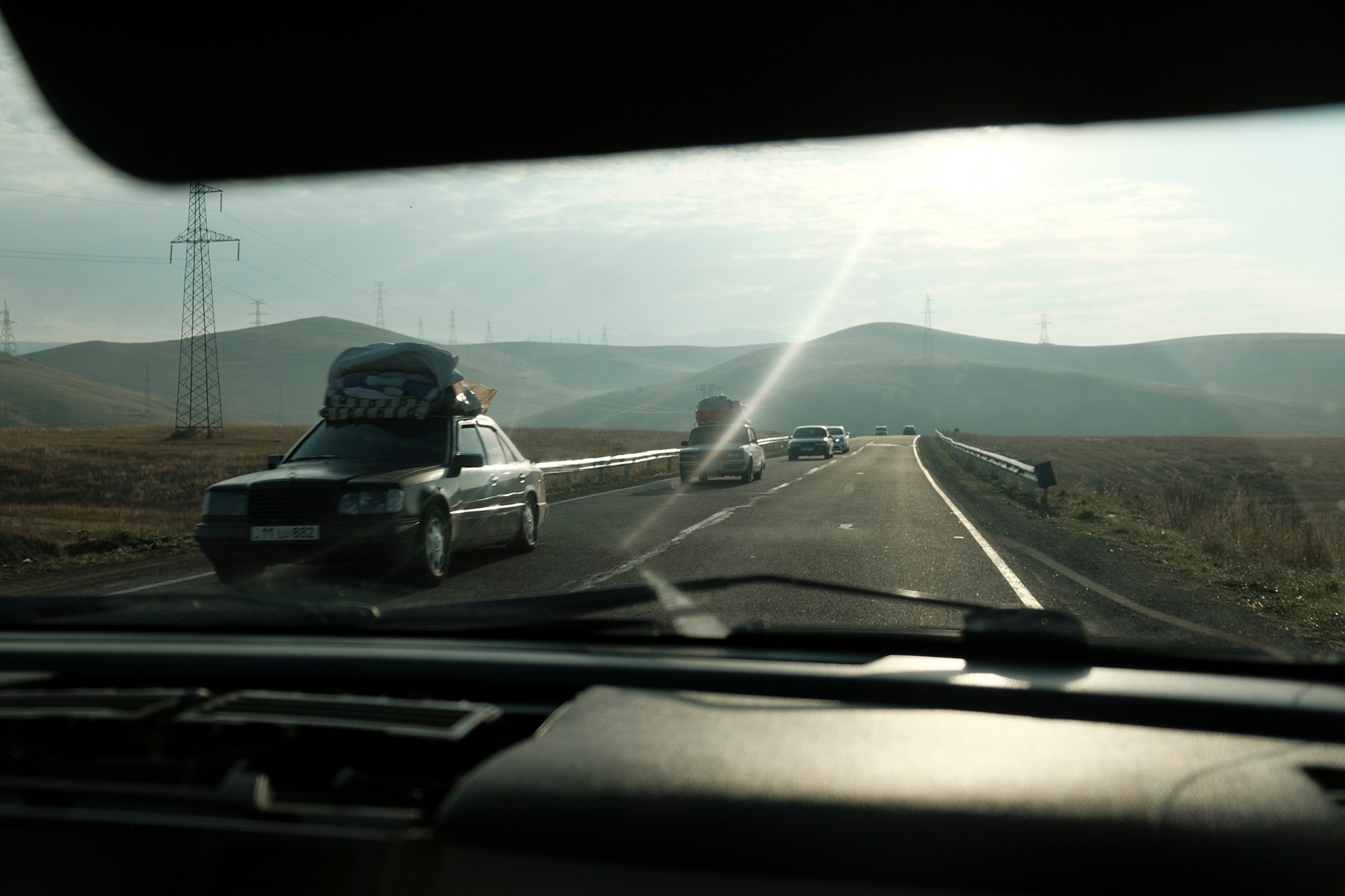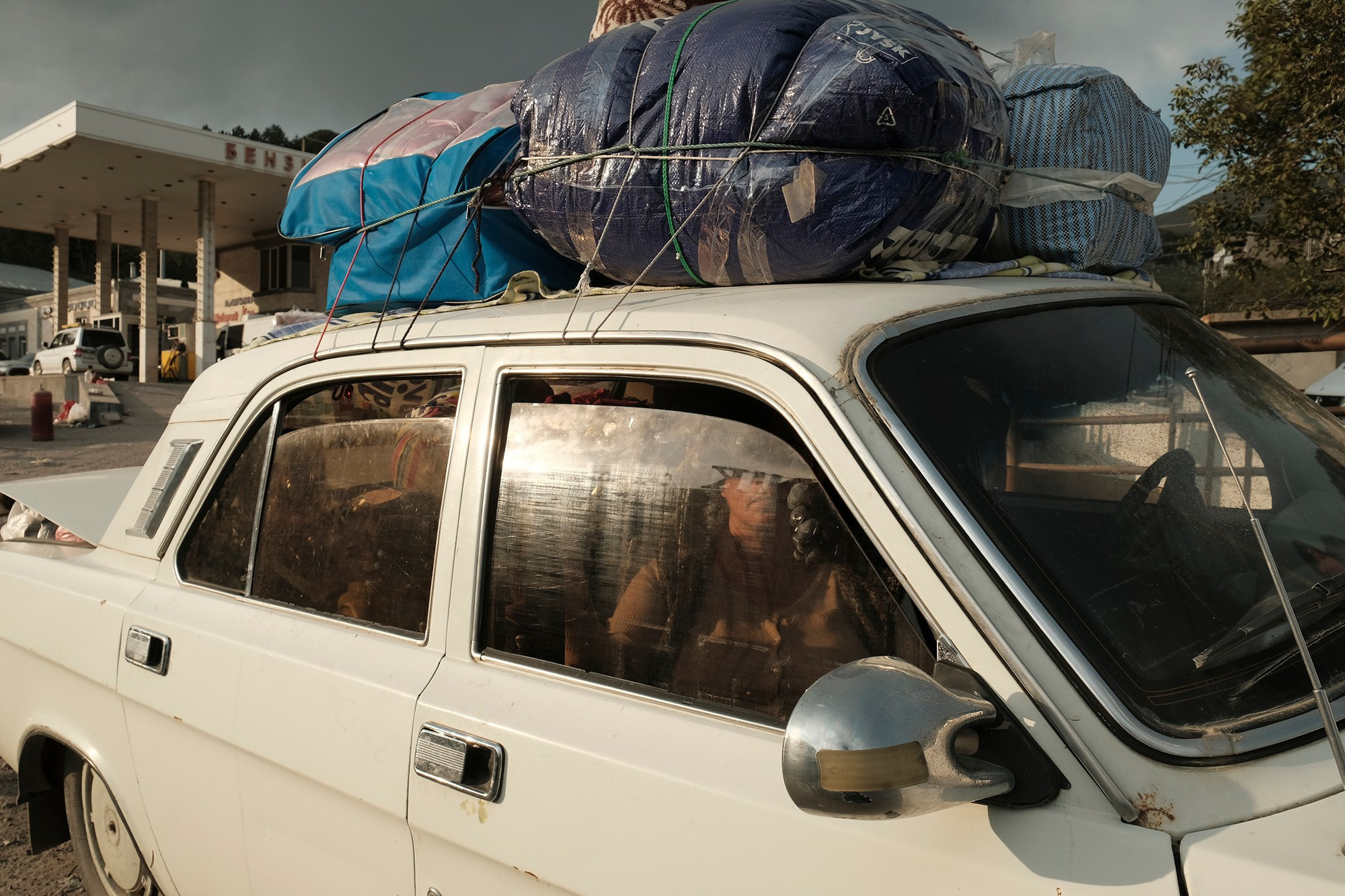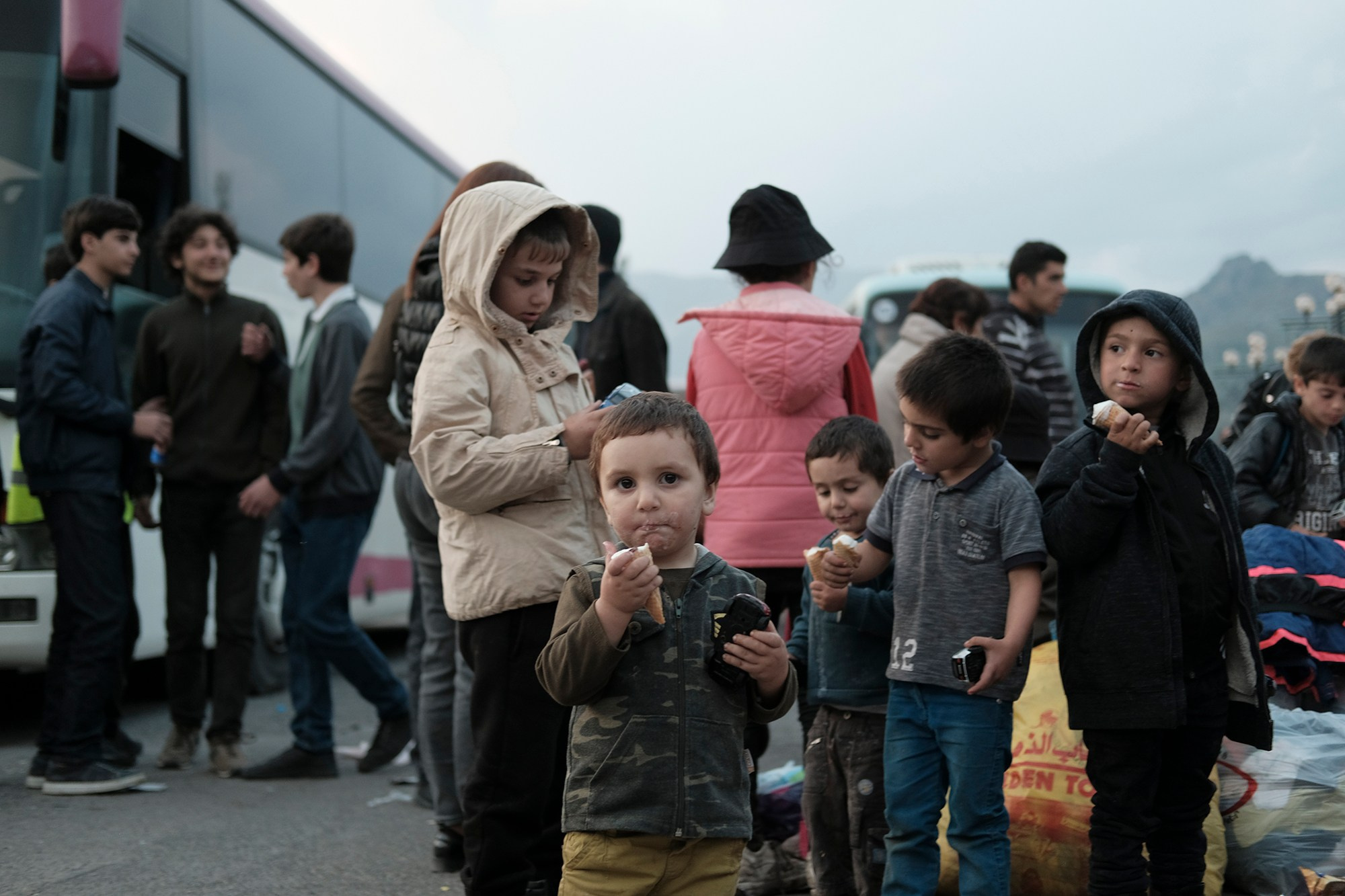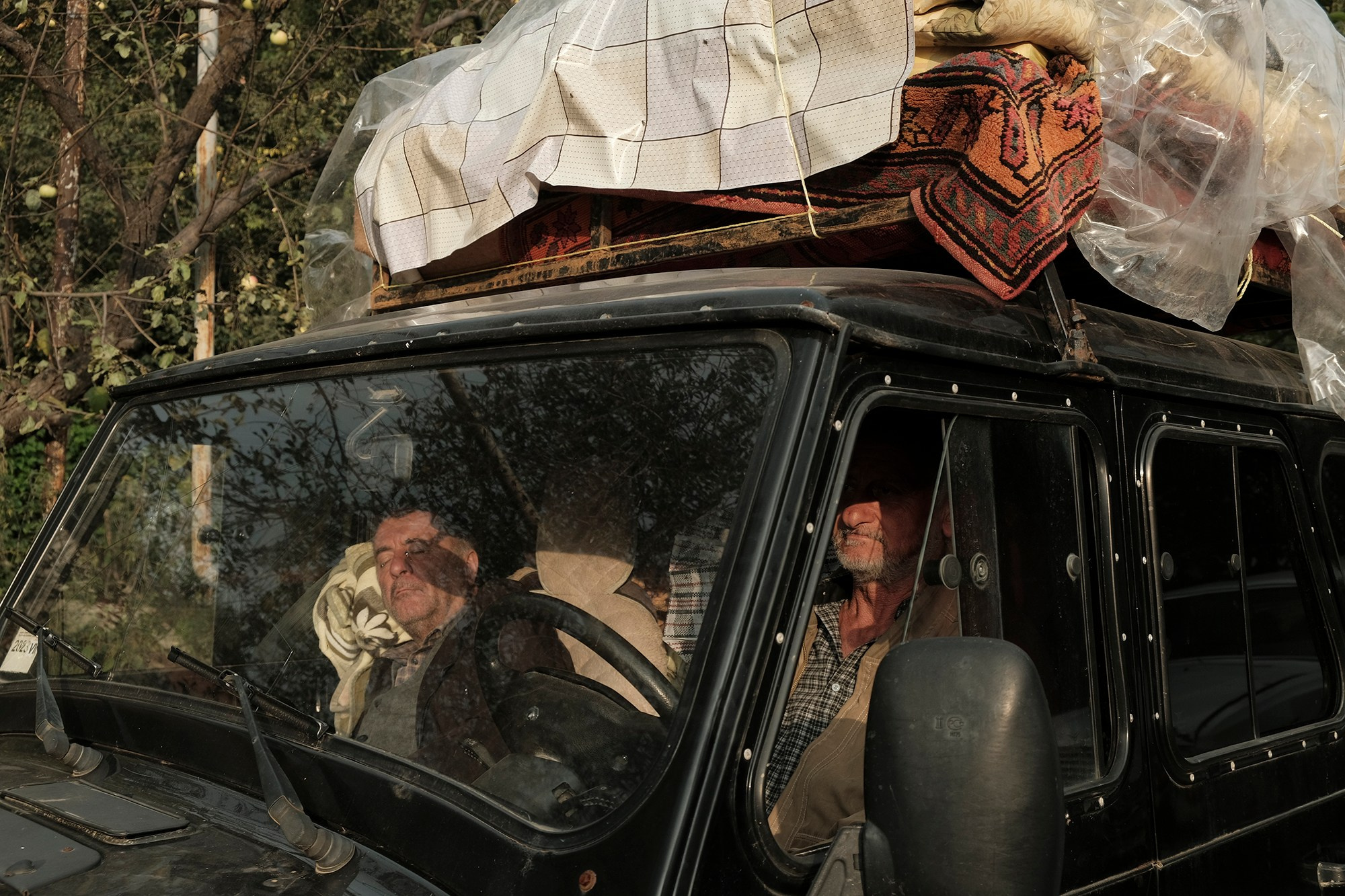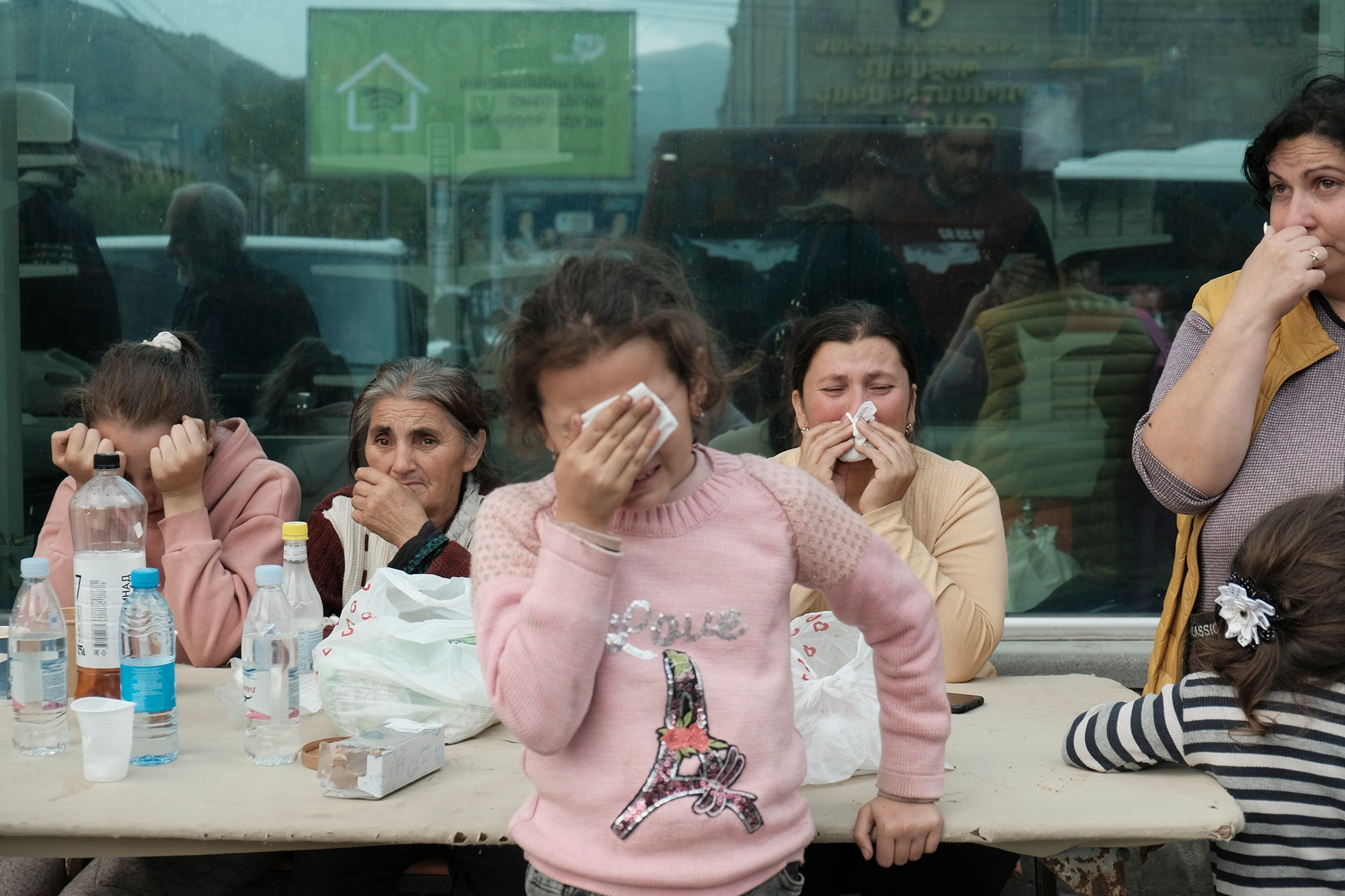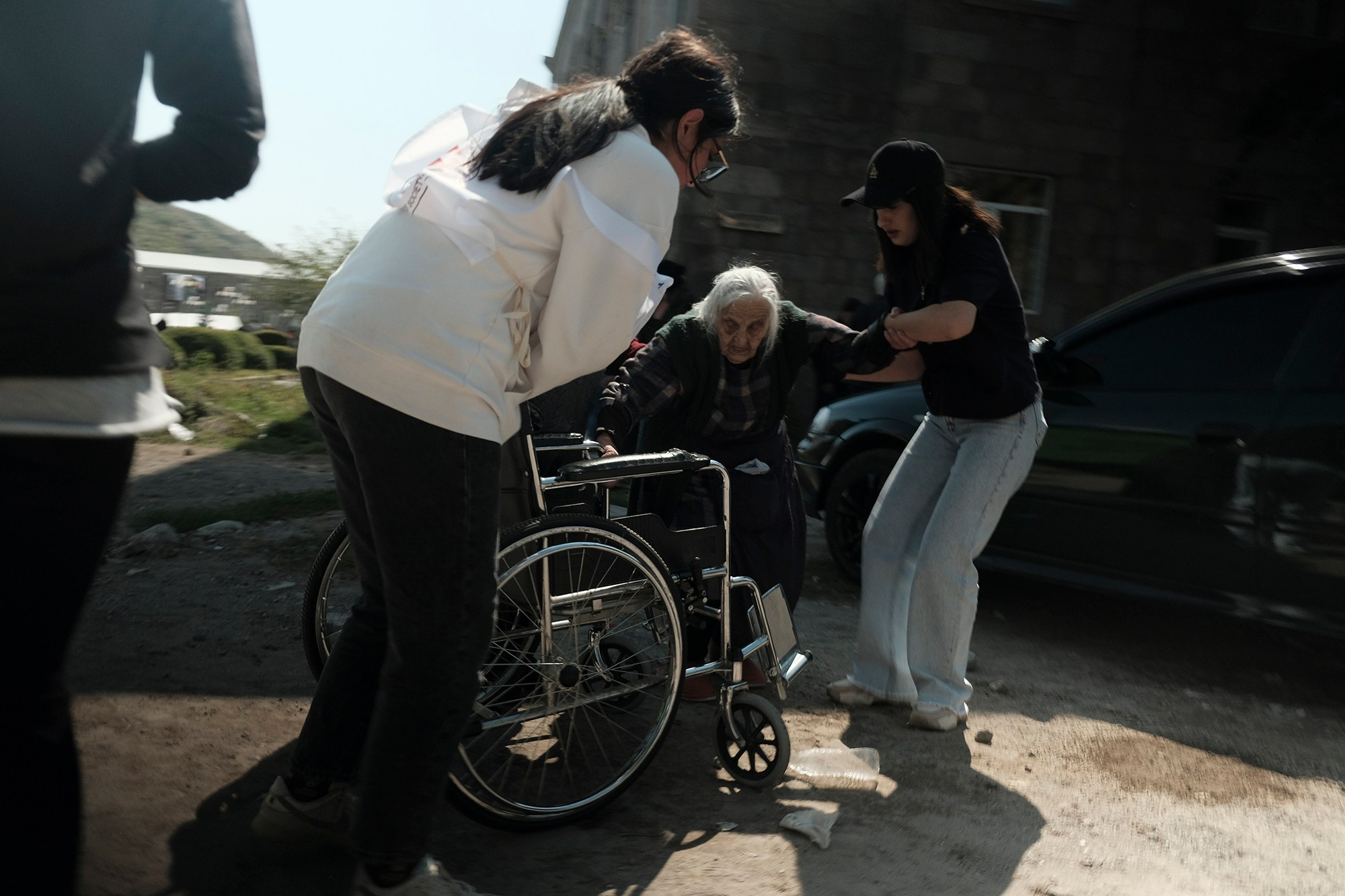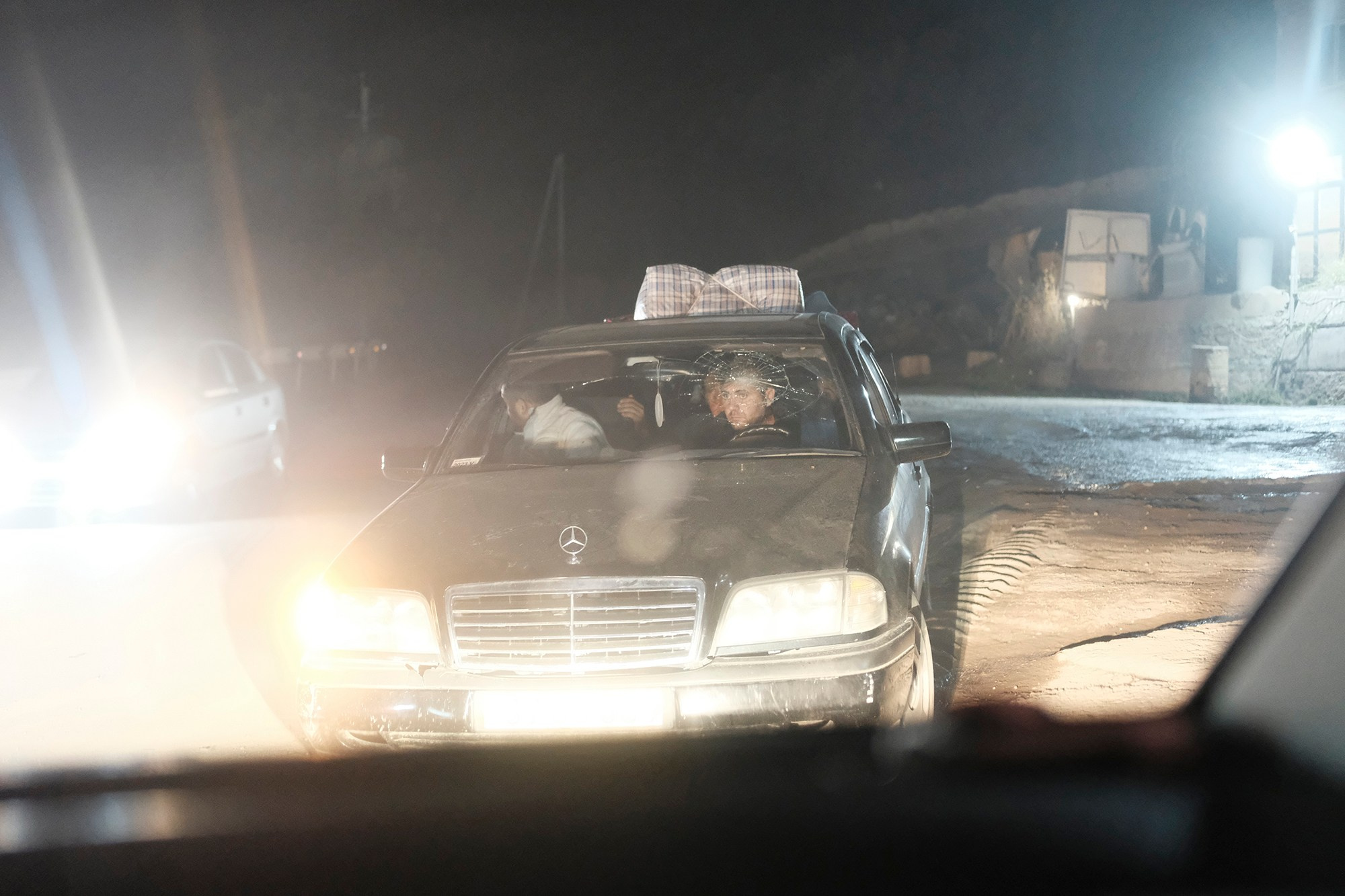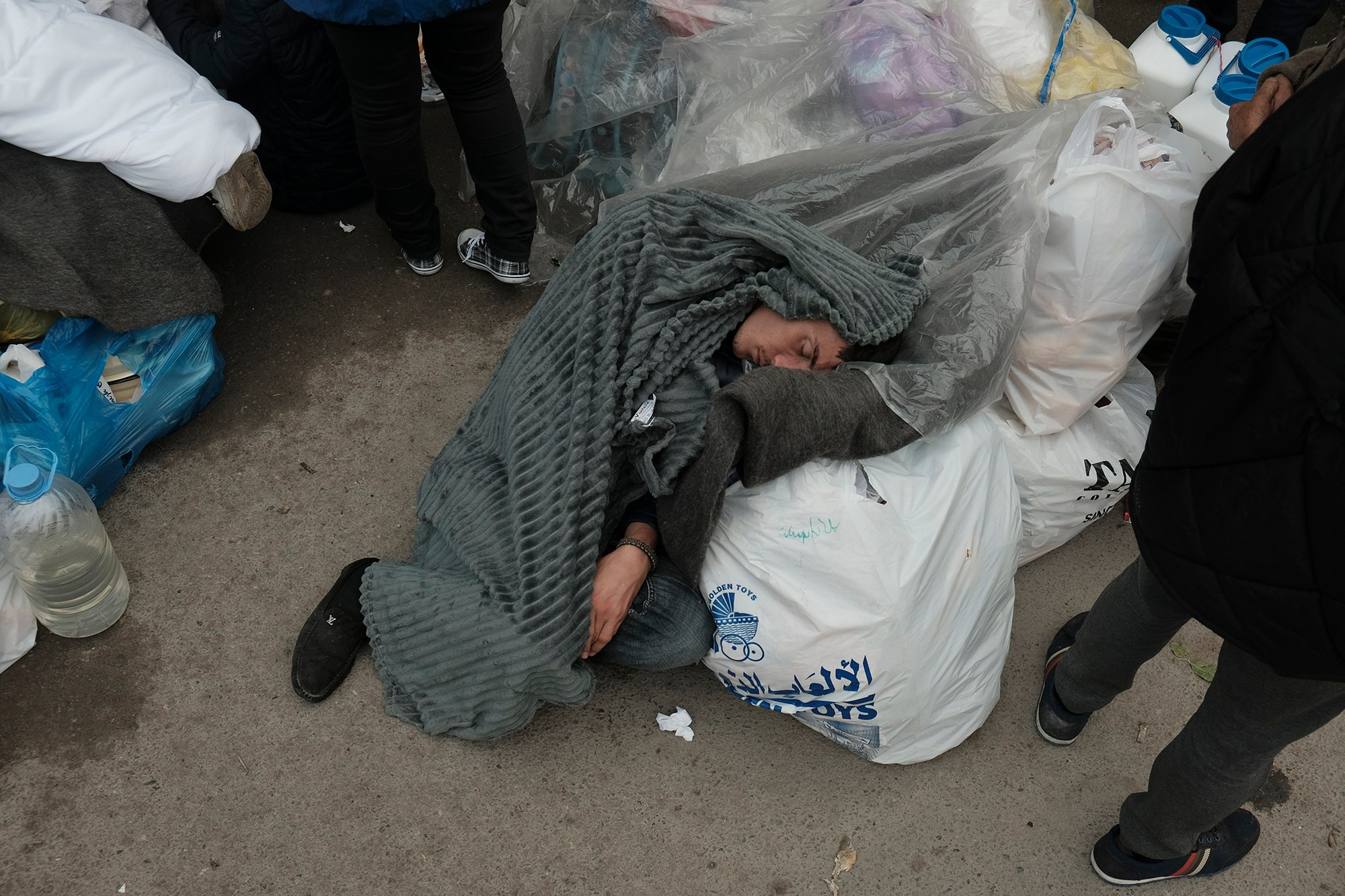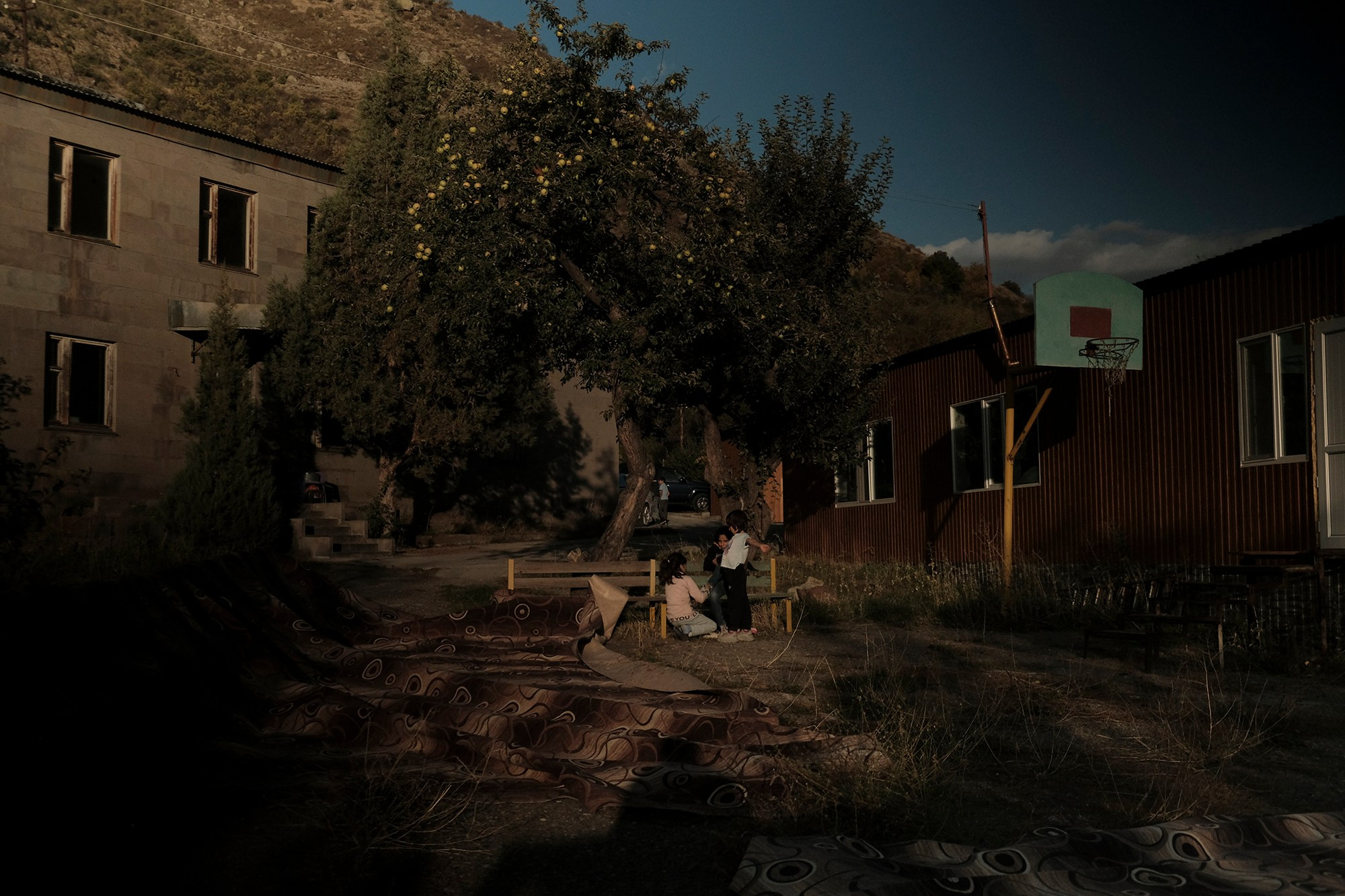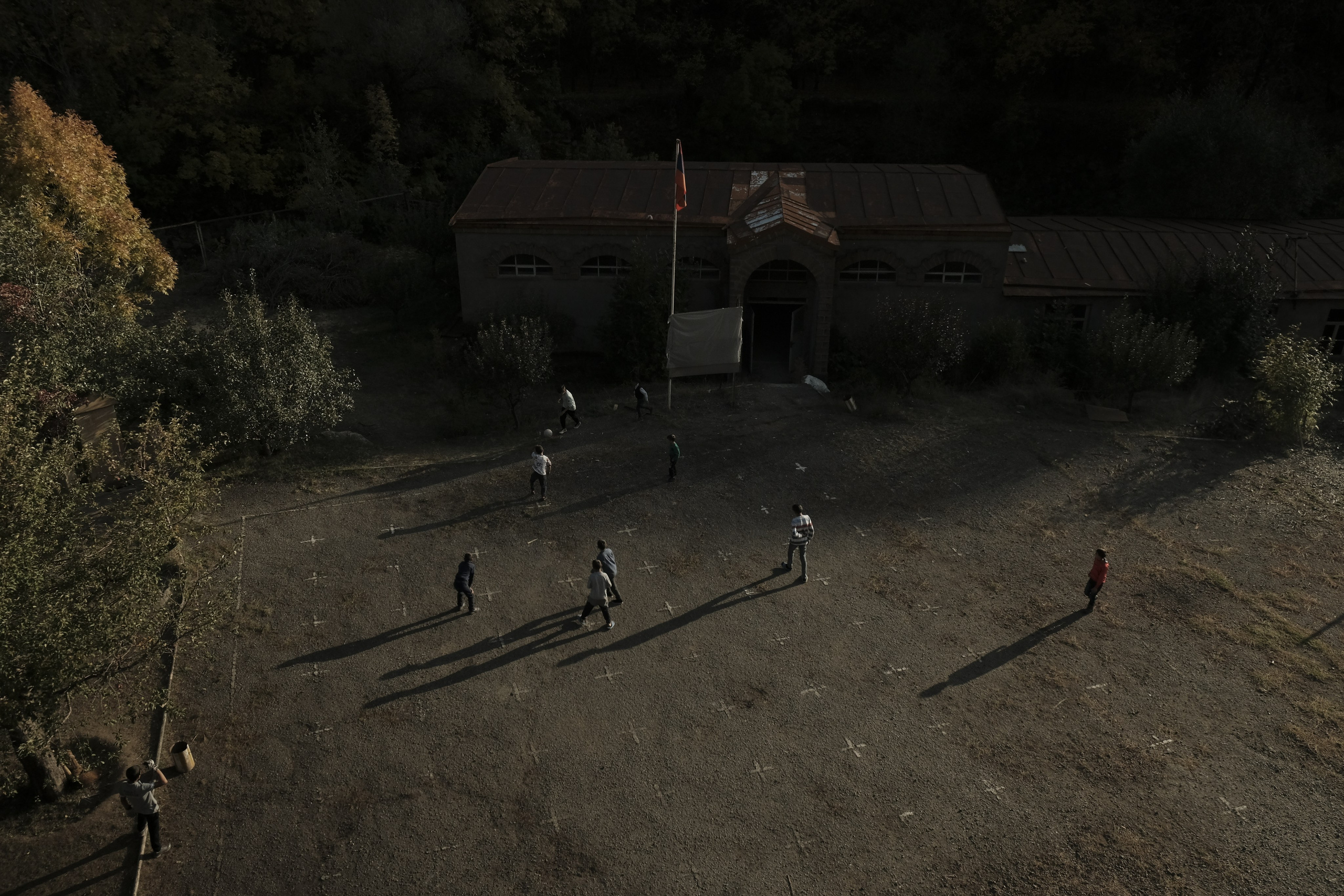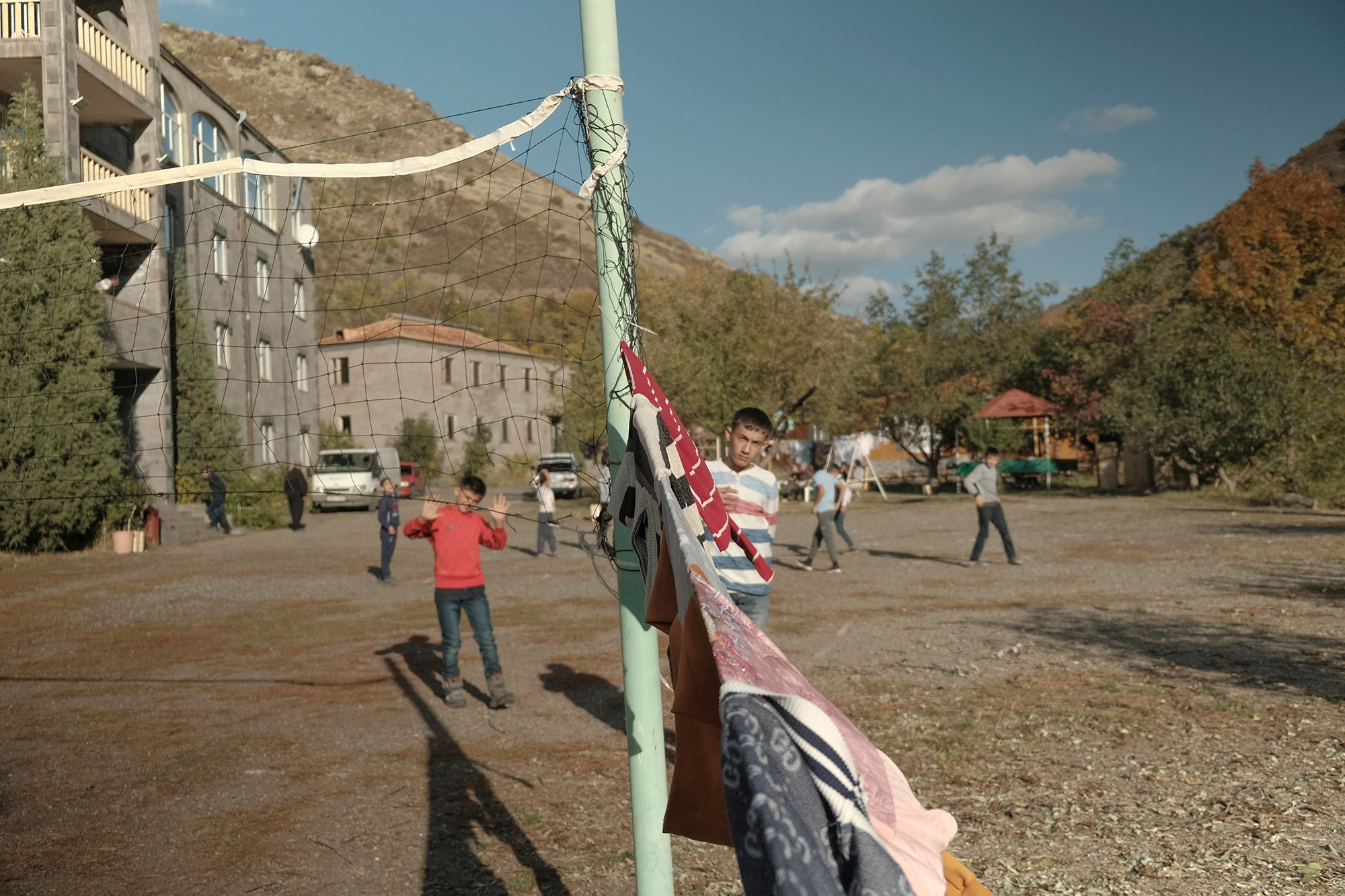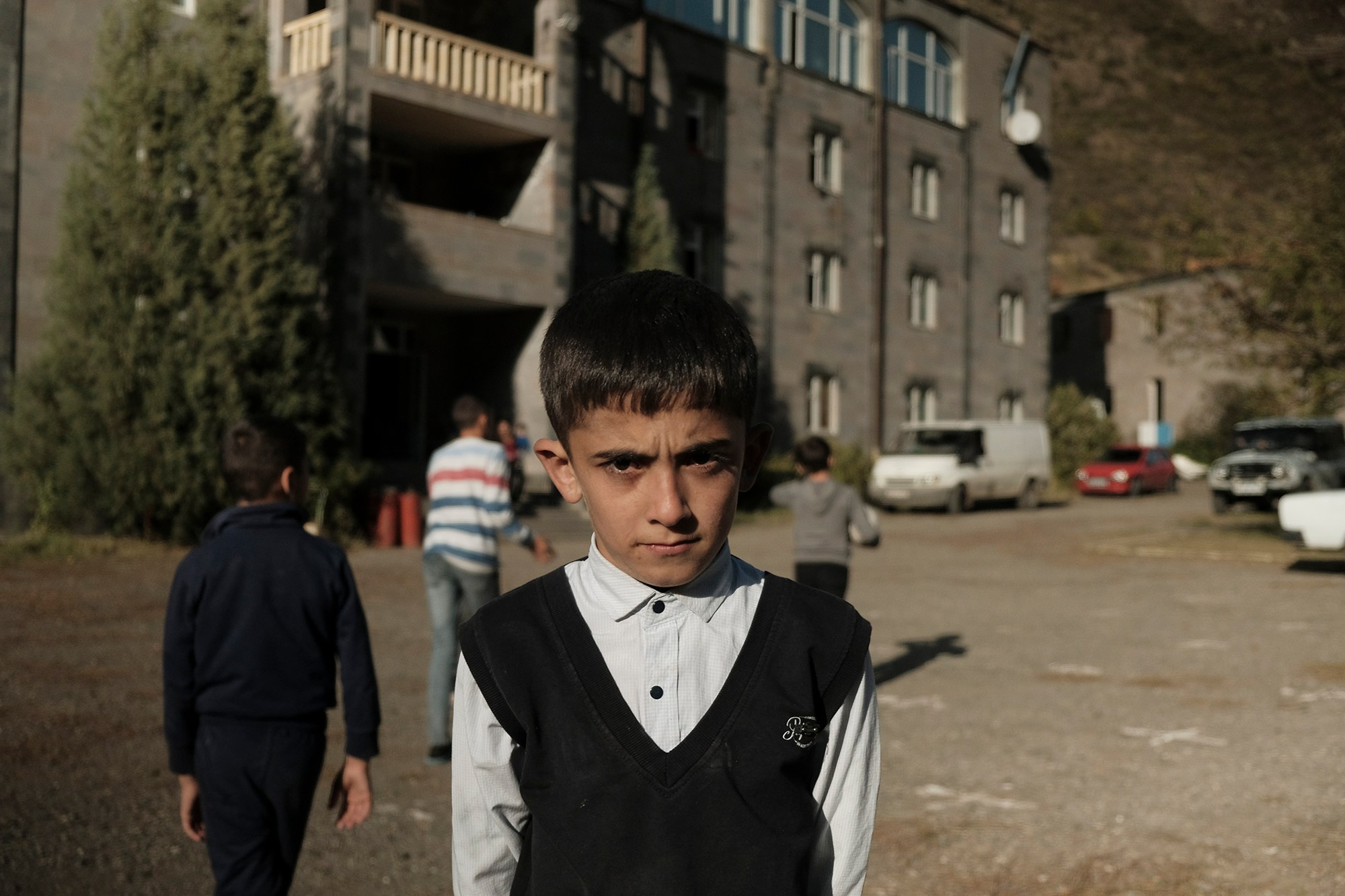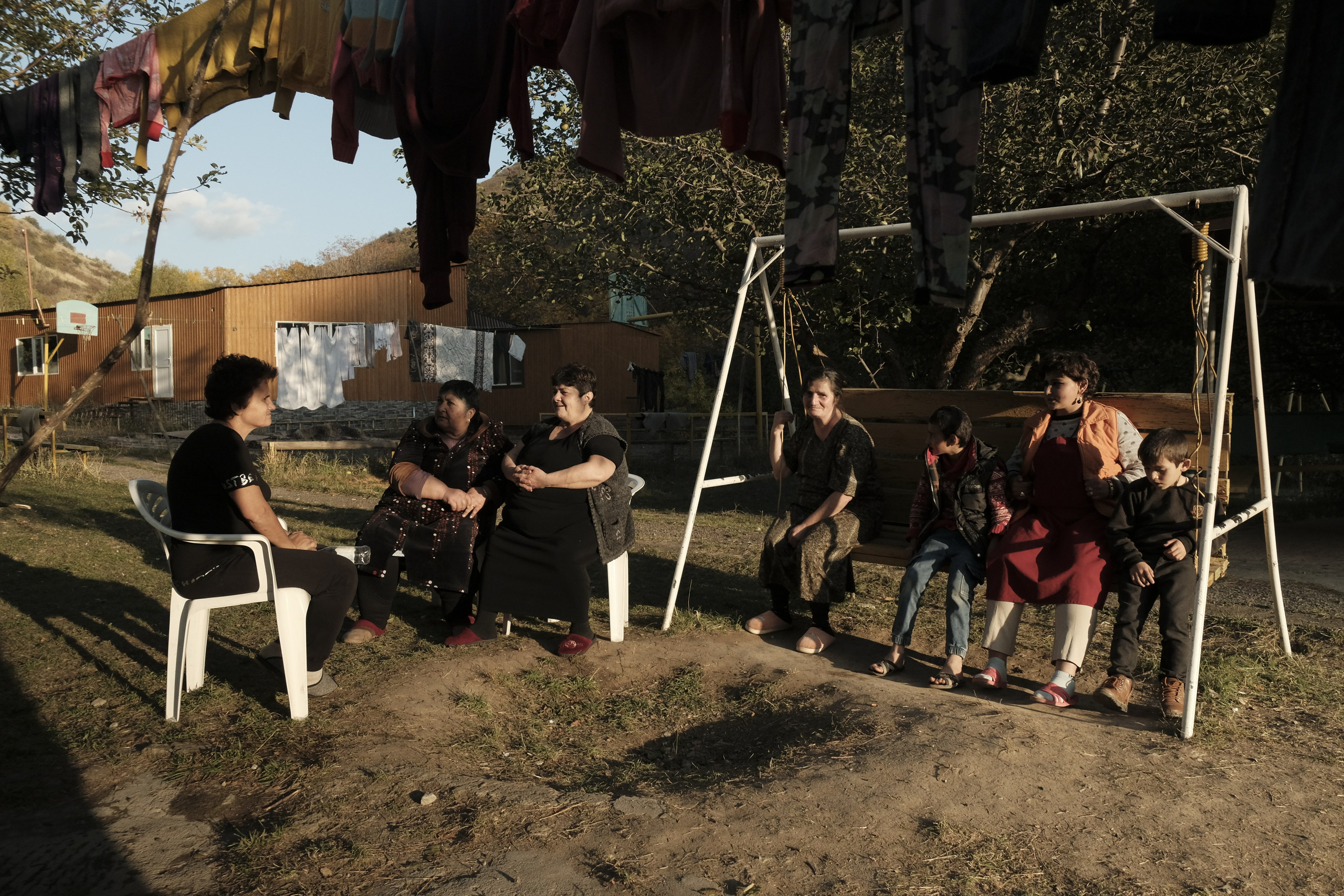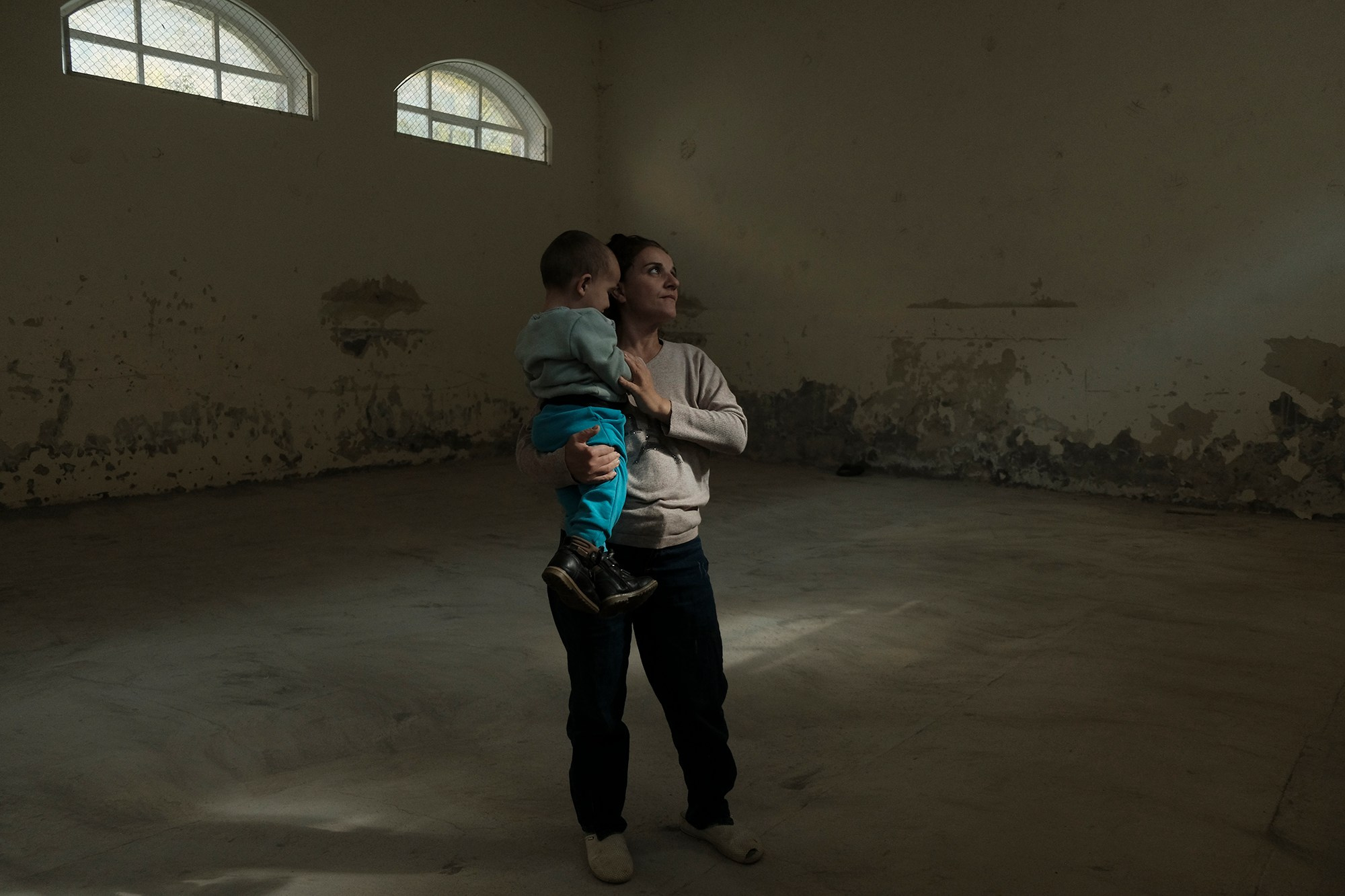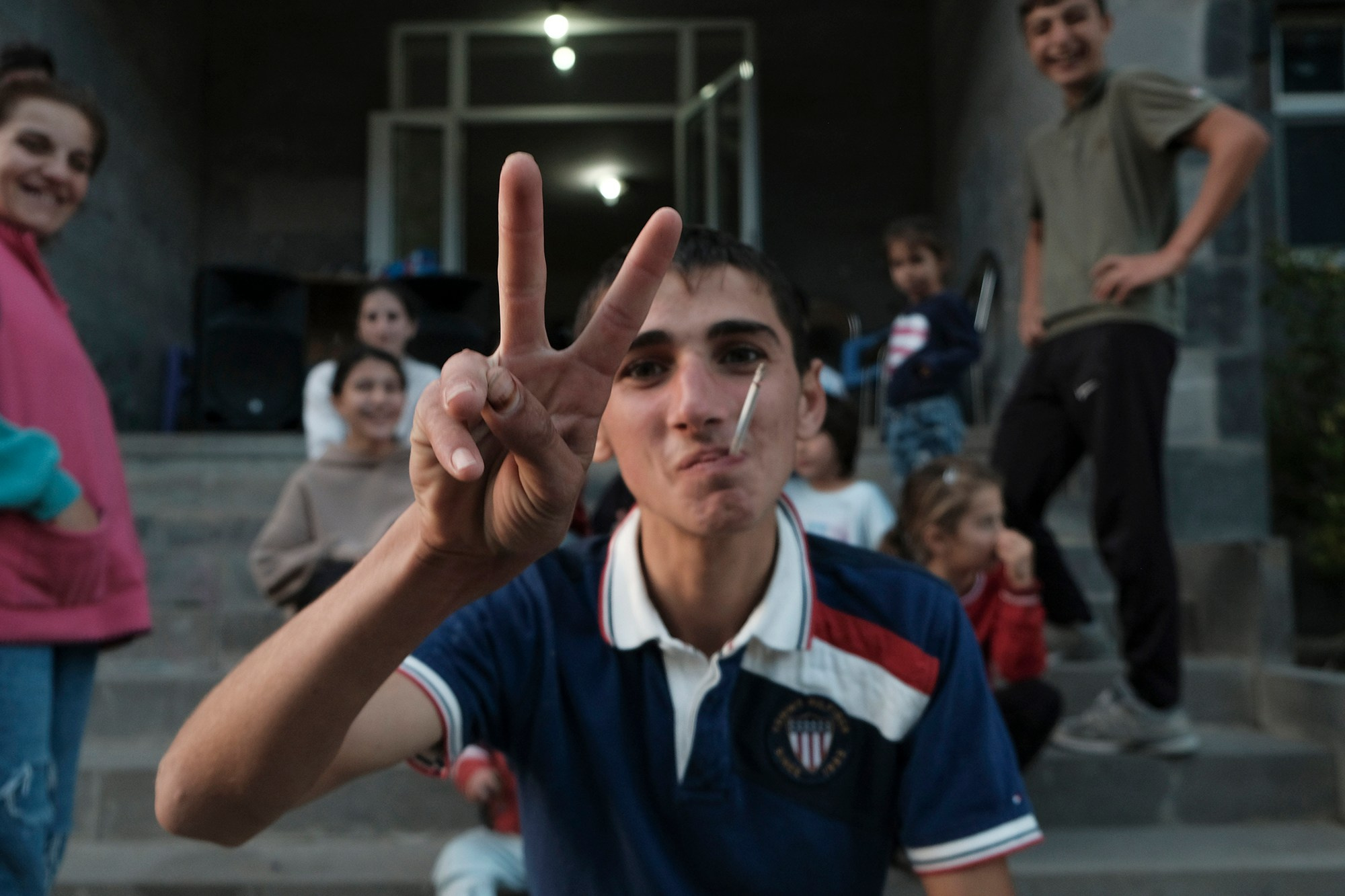Exodus
On September 19, 2023 Azerbaijani forces started shelling Stepanakert, the largest city of the self-proclaimed Nagorno-Karabakh Republic (Artsakh), a mountainous enclave predominantly inhabited by Armenians, yet internationally recognized as part of Azerbaijan. The next day the unrecognized republic capitulated, with neither Armenia, nor the Russian peacekeepers stationed in the region stepping in.
They have strollers, bicycles, mattresses, pillows, trunks, and bags tethered to their roofs with tape or ropes. Eight people cram into five-seater cars; even tractors are seen, equally laden and draped with belongings. Like others on this road, the tractor carried Karabakh Armenians fleeing their homes after Azerbaijani artillery assaults on Stepanakert and surrounding areas forced the government of the unrecognized republic to announce self-dissolution.
The exodus from Stepanakert began on a bus dispatched by the Armenian government, which transported them to the nearby border town of Goris. Yet to exit the enclave, they had to cross an Azerbaijani checkpoint: soldiers photographed all passengers, recorded their personal info, counted the children, and for one last time, offered the Karabakh Armenians an opportunity to obtain Azerbaijani passports, but so much scary with Armenian people has happened for last years, it’s now impossible.
